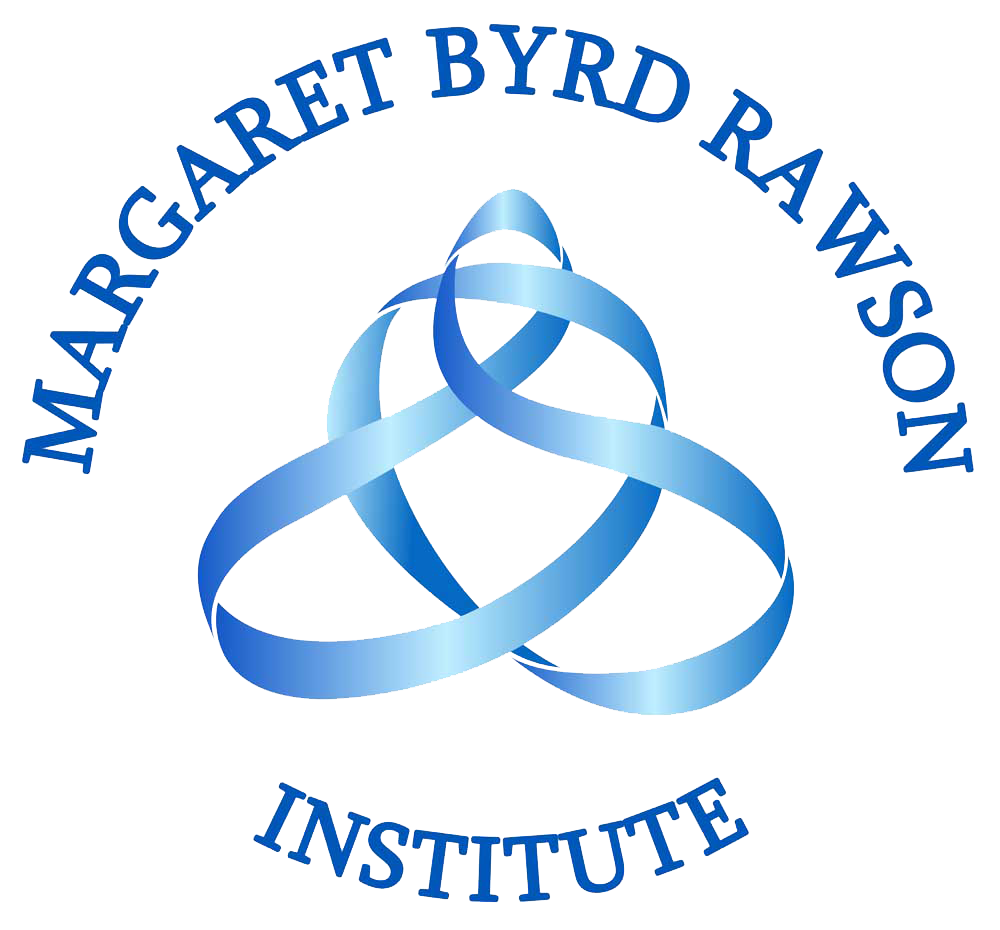

1. Set the goal of your story
What is the purpose of your story? What do you want the audience to know?
What is the purpose of your story? What do you want the audience to know?
2. Outline what you want to tell the audience
Write out the most important details you want your audience to know.
Write out the most important details you want your audience to know.
3. What format will you use?
Will you write your story or create a video or audio recording?
4. Before starting, keep a few things in mind
●Think about the privacy of loved ones, friends, and strangers mentioned in your story. Be respectful when sharing details of others’ lives.
● Tell your story through your perspective. Try not to make assumptions about how others may be feeling or thinking.
● Use respectful language.
● We welcome both person-first language (i.e., “person with dyslexia”) and identity-first language (i.e., “dyslexic person”).
●Think about the privacy of loved ones, friends, and strangers mentioned in your story. Be respectful when sharing details of others’ lives.
● Tell your story through your perspective. Try not to make assumptions about how others may be feeling or thinking.
● Use respectful language.
● We welcome both person-first language (i.e., “person with dyslexia”) and identity-first language (i.e., “dyslexic person”).
5. Begin by introducing yourself
Tell the audience who you are, what you do, and a little about yourself. Keep this section brief and mindful of sharing identifying information. Important details may be optional and inappropriate to share. Please upload and include a photo of yourself to personalize written and audio submissions.
Tell the audience who you are, what you do, and a little about yourself. Keep this section brief and mindful of sharing identifying information. Important details may be optional and inappropriate to share. Please upload and include a photo of yourself to personalize written and audio submissions.
6. Tell your story
Use your outline while telling your story to ask yourself questions and ensure that you
have covered all your points.
7. Finish your submission
You can close your story with a final message and submit it in the space provided. Be sure to include a photo!
You can close your story with a final message and submit it in the space provided. Be sure to include a photo!

